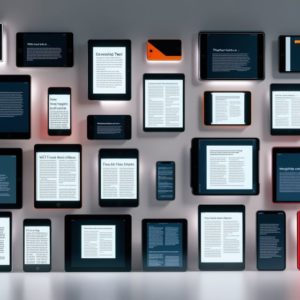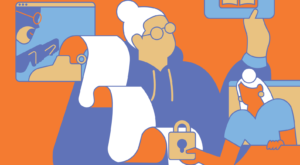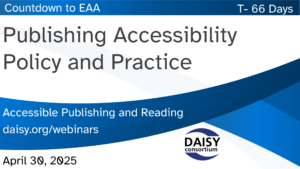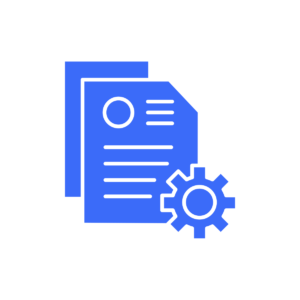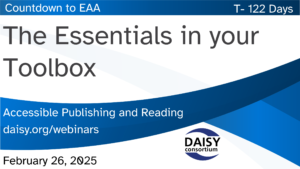Following on from our article An Introduction to AI Speech, we return to our series exploring the benefits and impact…
In December 2024, we officially kicked off the “Reading Apps User Requirements” project—an initiative designed to enhance the digital reading…
The number of born-accessible ebooks is growing fast, with increasing numbers available through retail channels and at public libraries. For…
In our series of free weekly webinars April 30th saw a session focused on Publishing Accessibility Policy and Practice concentrating on…
In our series of free weekly webinars March 26th saw a session focused on Accessible Math and Science in Digital Publications,…
Introduction There is a lot of discussion about AI at the moment, and the capabilities are developing rapidly. In the…
After more than two years of collaboration, research, and refinement, we are thrilled to announce the publication of the eBraille…
Artificial Intelligence is a new technology that is advancing so rapidly it appears to be constantly in the news. Reports…
The DAISY Consortium is delighted to once again support the CSUN Assistive Technology Conference by creating accessible digital versions of the conference materials,…
In our series of free weekly webinars February 26th saw a session focused on The Essentials in Your Toolbox, showcasing a…


